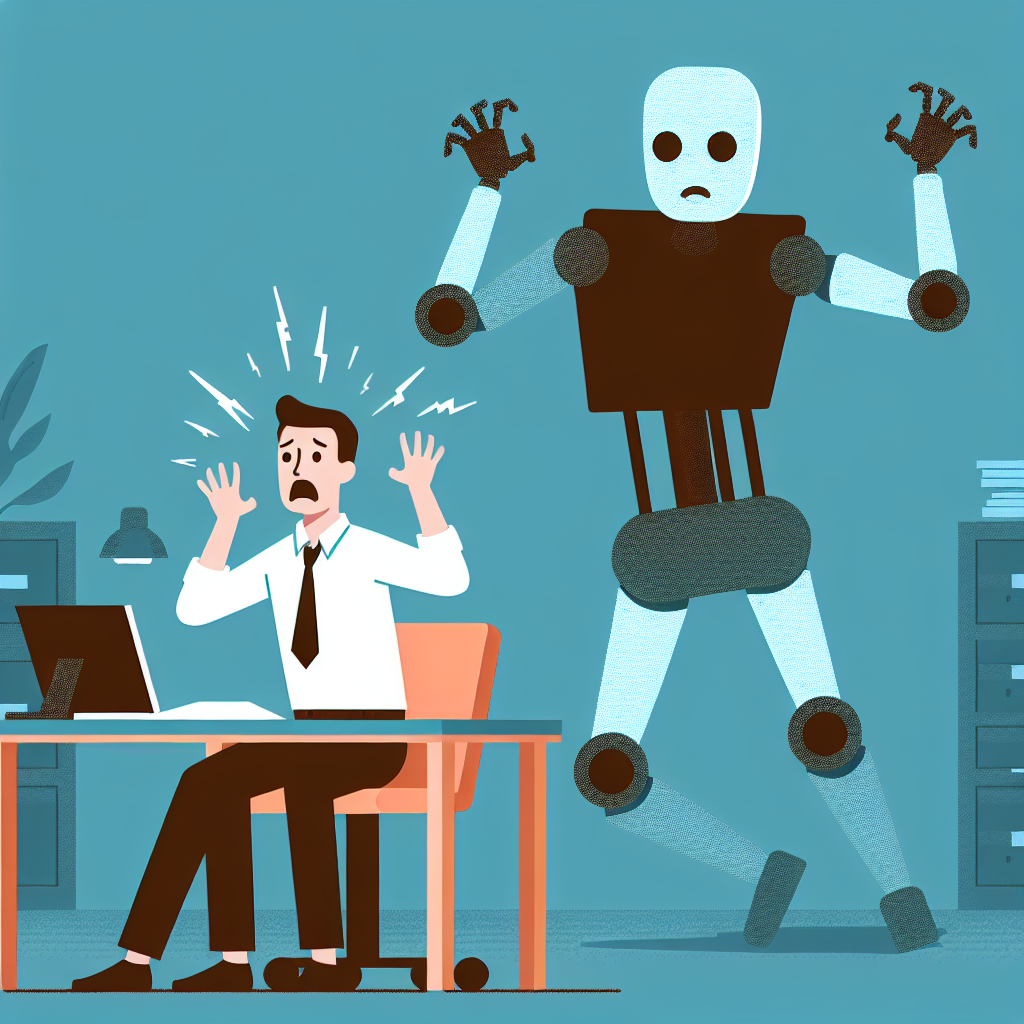A blog about the philosophy of technology
-

“It’s alive!” Bitcoin Could Be a Hyperorganism that Resembles Fungi
Current thinking and research about alternative life forms focuses on space. Exoplanets are analyzed for each and every possible indicator of life. Unfortunately, this search suffers from an acute lack of imagination. The view is that life must, in all possible worlds, follow the biochemical path that our lineage on earth has followed, consisting of…
-
Top five books 2023
In 2023, I had the good fortune of reading around 40 primarily non-fiction books, not all new ones. Indeed, I delved into some classics. as a matter of principle. Even if the details of a book are dated, when it comes to facts of technology and science, it is often worthwhile to follow the thrust…
-

Fight, Flight, or Freeze? – how to respond to the threat of AI in the workplace
At the start of the 19th century, a New England businessman called Frederic Tudor got the idea to sell ice in the Caribbean. After an initial failure (the ice melted), Tudor built ice houses to preserve the ice and succeeded. Ice trade grew into a lucrative global business that transformed the food industry and employed…
-

How the Bitcoin may solve the value alignment problem in AI
World leaders and technology experts are worried about the possibility of a malicious AI takeover, where an artificial general intelligence (AGI) escapes and starts exterminating humans. The ongoing debate has fueled the fear that the development of AI could eventually lead to its takeover of the world. Elon Musk, a prominent voice in the debate,…
-
Profiling Satoshi 3/3 – Matching Satoshi’s Profile
There isn’t much that is certain about Satoshi, but we do have a few reliable clues from primary sources. Here they are: he is male, British, living in the UK probably in the London area. Probably born in the early 1970s with a long academic education most likely in computer science or mathematics. Programs in…
-
Profiling Satoshi 2/3 – Personal profile
In our renewed investigation of the historical person behind Satoshi we have reviewed the demographic evidence, which points towards Satoshi being a male living in the UK probably in London. Now let us take a look at the personal profile of Satoshi. What can be gathered about him from the evidence we know derived from…
-
Profiling Satoshi 1/3 – Demographics
The identity of the inventor of Bitcoin, Satoshi Nakamoto, has become a topic of great interest and mystery in recent times. However, this was not the case when the Bitcoin white paper was first published in October 2008. The initial reception of the publication was lukewarm, with only four contributors commenting critically on it before…
-
The difference between Oracle Cloud and AWS Cloud
In recent times, Oracle’s stock price has experienced a significant surge, propelling its CEO, Larry Ellison, back into the list of the top ten wealthiest men globally. This success is largely attributed to the company’s successful transition to cloud computing. However, it would be a mistake to assume that Oracle is similar to Amazon, the…
-

Amazons journey from an online book retailer to cloud computing giant
On August 3rd, Amazon will share its earnings report, with a significant portion attributed to its cloud division. If you’re curious about Amazon’s journey from an online book retailer to a cloud computing powerhouse, here is a short overview based on my book, “Cloud Computing Basics” The story of Amazon is the story of its…
Got any book recommendations?
